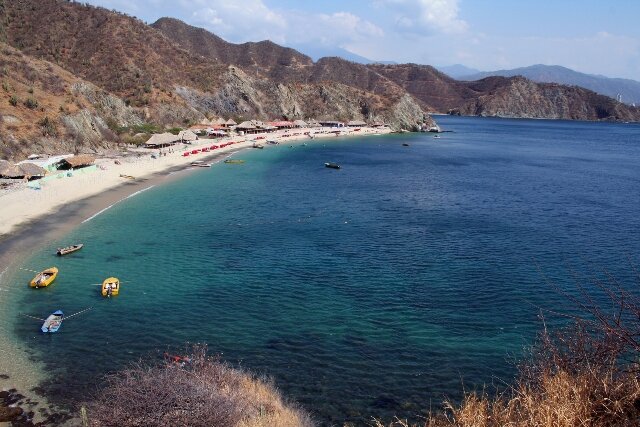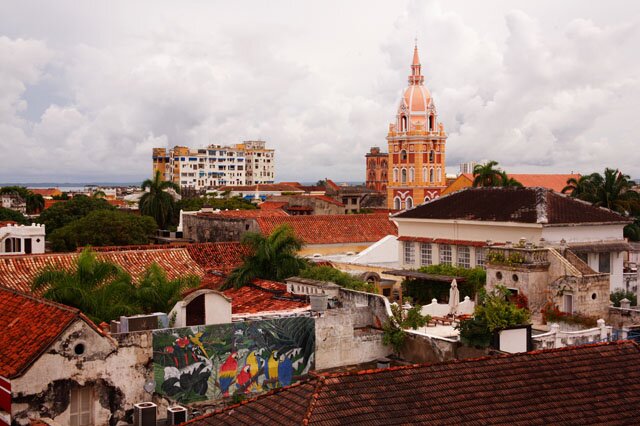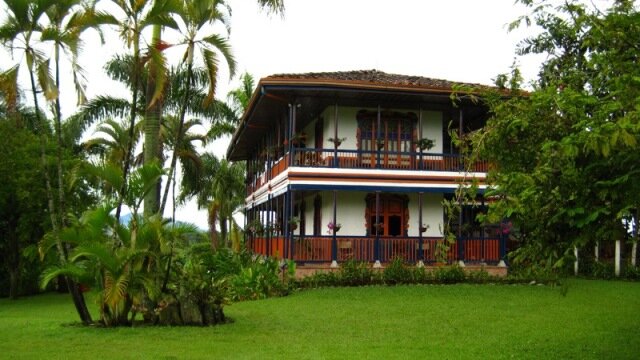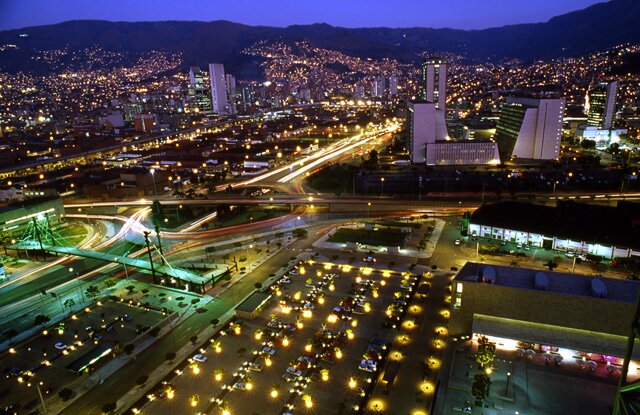Birds of the Chocó Bioregion
Jun 19
The lush, humid forest of the Chocó bioregion is a bird lover's paradise that extends across western Colombia and into northwestern Ecuador. It is one of the most biologically rich areas of the world, particularly in terms of bird life, with more than 500 bird species in total, including over 60 endemic species that exist nowhere else in the world. In fact, the Chocó is classified by Birdlife International as an Endemic Bird Area (EBA), as it is one of the most critical regions for the conservation of birds in the world.
For everyone except the most expert birders, your chances of seeing wildlife are hugely increased by enlisting the services of a local guide who has intimate knowledge of the forest and its inhabitants' favorite spots to feed and congregate. Here are some of the bird beauties you might see during a visit to the famous Chocó bioregion:
 |
|
Booted racket-tail |
 |
|
Cock of the rock |
 |
|
Velvet-purple coronet |
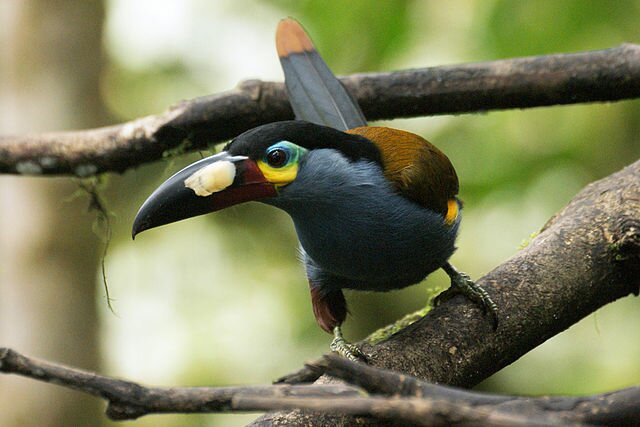 |
|
Plate-billed mountain toucan |
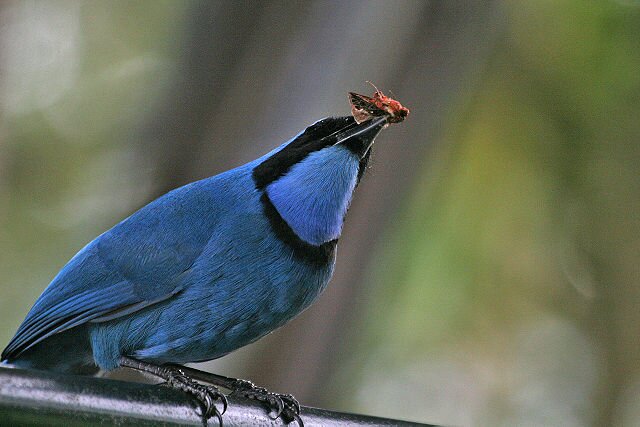 |
|
Turquoise jay |
 |
|
Red-headed barbet |
Learn more about sustainable birding tourism and how it supports the conservation of endangered bird species.


